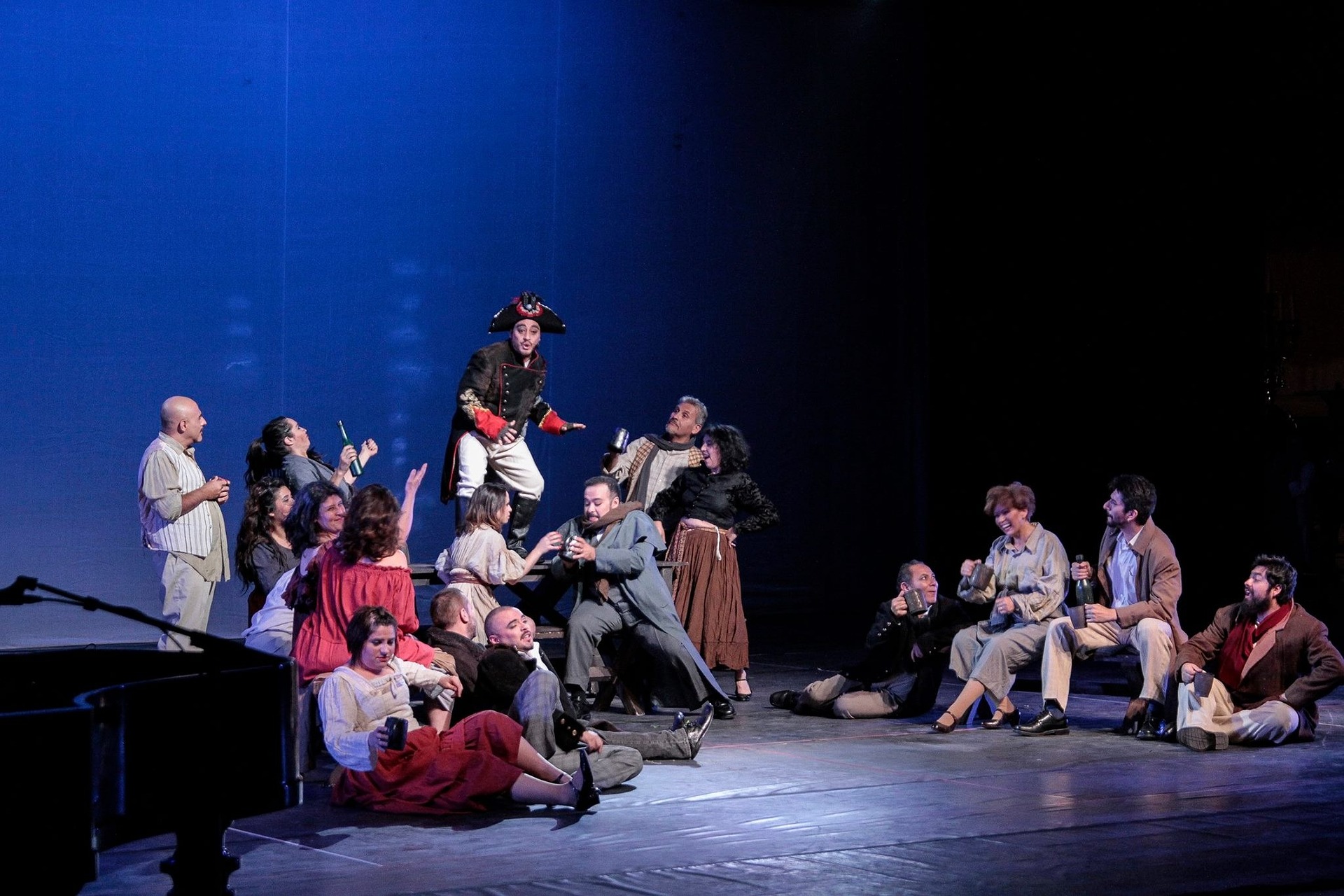Unmasking the Mystique: The Compelling Allure of Anonymous Artists
In an age of constant connectivity and relentless self-promotion, the decision to remain anonymous seems almost revolutionary. This is particularly true in the world of arts and entertainment, where the mystique of the anonymous artist has become a phenomenon of fascination, discussion, and controversy. This article delves into this intriguing trend, exploring its history, implications, and current manifestations.

A Veiled History: The Tradition of Anonymity in Art
Anonymity in art is not a new concept. Historically, artists often remained unnamed, their works appreciated for their intrinsic merits rather than the reputation of their creators. In the Middle Ages, artists were often seen as mere craftsmen, with their identities buried under the weight of the institutions commissioning their works.
In the Renaissance, as artists began to sign their work and develop personal styles, anonymity became less common. However, it never disappeared completely. Some artists chose anonymity as a form of protest or as a way to escape the constraints of class and gender expectations. Others used it to highlight the message of their work over their personal identities.
Anonymity in the Modern Era: A Radical Choice
In today’s hyper-connected world, choosing to remain anonymous is a radical act. It challenges the consumerist culture that often values the celebrity of the artist over the quality of the work. Anonymous artists, such as the notorious street artist Banksy, use their anonymity as a form of resistance. They critique societal structures while avoiding the glare of the public eye.
In the entertainment industry, the trend of anonymous performers has been gaining traction. Sia, a renowned singer-songwriter, often conceals her face during performances to maintain her privacy and to divert focus towards her music. This mysteriousness adds another layer to their personas, making them all the more fascinating to the public.
The Impact: Anonymity’s Role in Artistic Expression and Reception
Anonymity offers artists the freedom to create without the pressure of expectations. They can experiment with styles and subjects without fear of damaging their personal or professional reputations.
For the audience, the absence of a known artist creates a sense of intrigue. The art becomes a riddle, an enigma to be solved. This can result in a deeper engagement with the work, as viewers seek to uncover the hidden identity of the artist.
The Current Wave: Anonymity in the Digital Age
In the digital age, the trend of anonymous artists is taking on new forms. Cryptocurrency and blockchain technologies have given birth to a new wave of anonymous digital artists. These artists, known as crypto artists, use digital platforms to create and sell their work anonymously, often for cryptocurrency.
This trend is reshaping the art world by decentralizing the means of production and distribution. It allows artists to retain full control over their work and its value, challenging traditional power structures within the art market.
The Enduring Allure of Anonymity
The rise of anonymous artists in the digital age underscores the enduring allure of anonymity in art. Despite living in an era of oversharing, the choice to remain anonymous remains a powerful tool for artists seeking to challenge societal norms and engage audiences on a deeper level. As we move into an increasingly digital future, the mystique of the anonymous artist is likely to continue captivating our cultural imagination.




